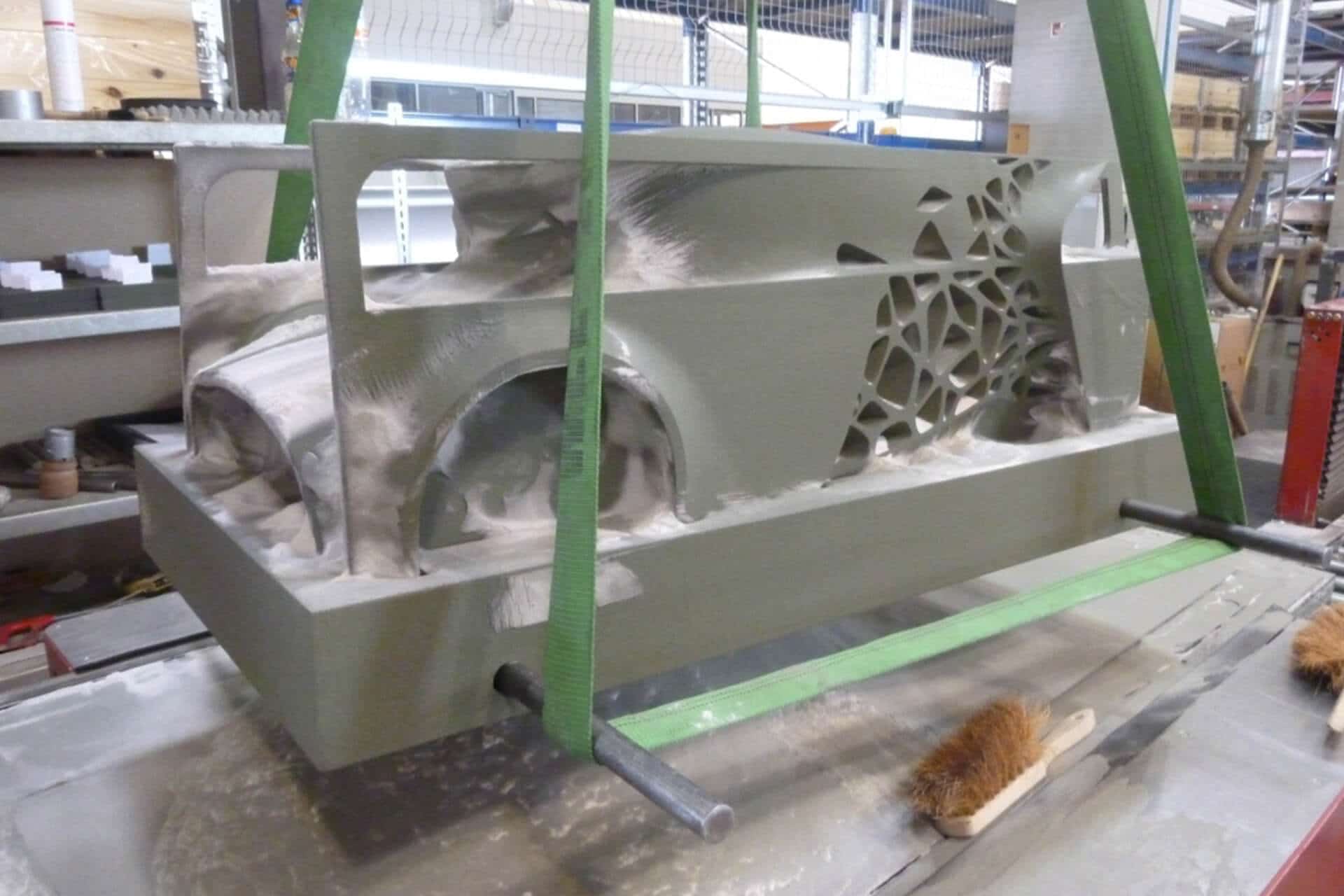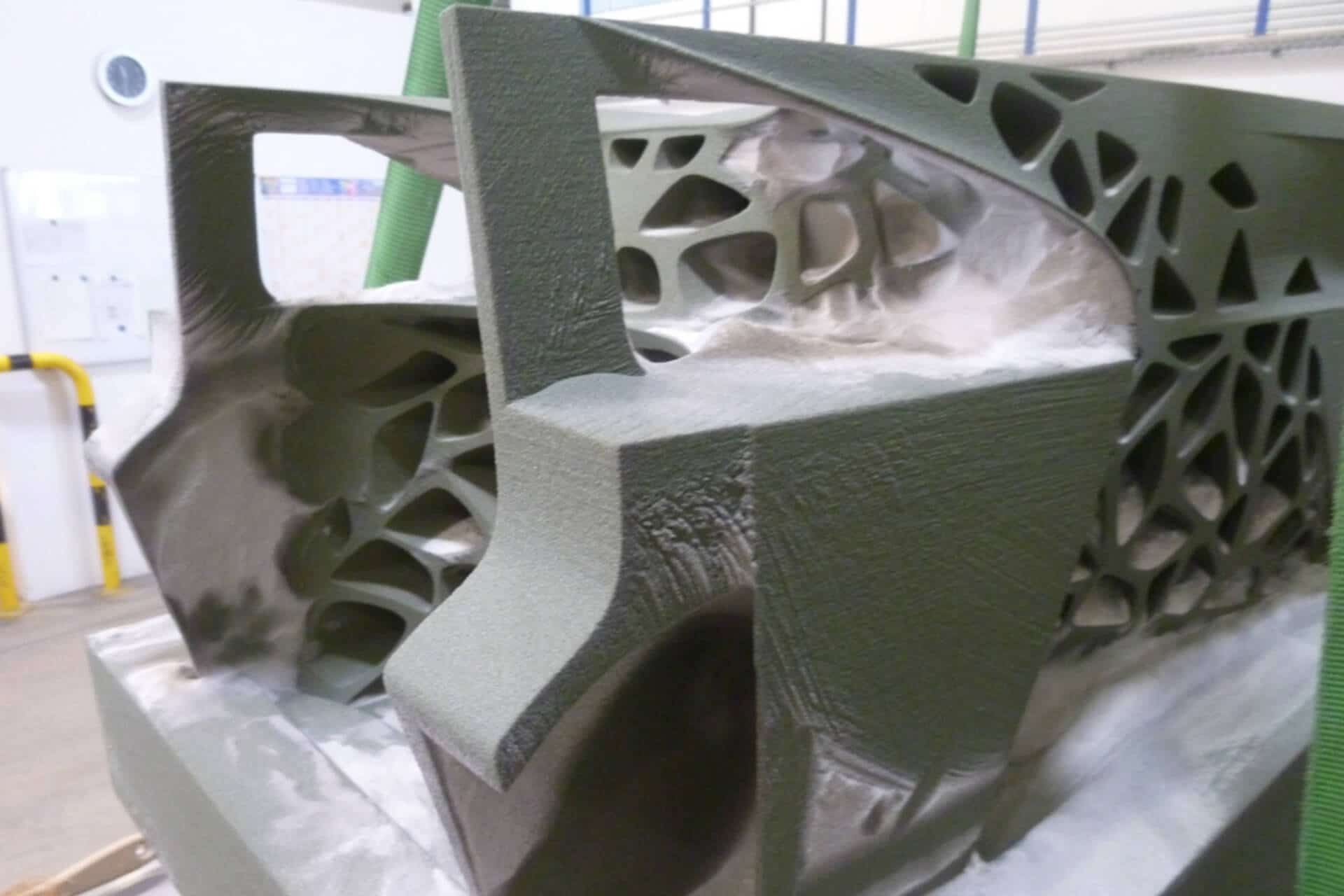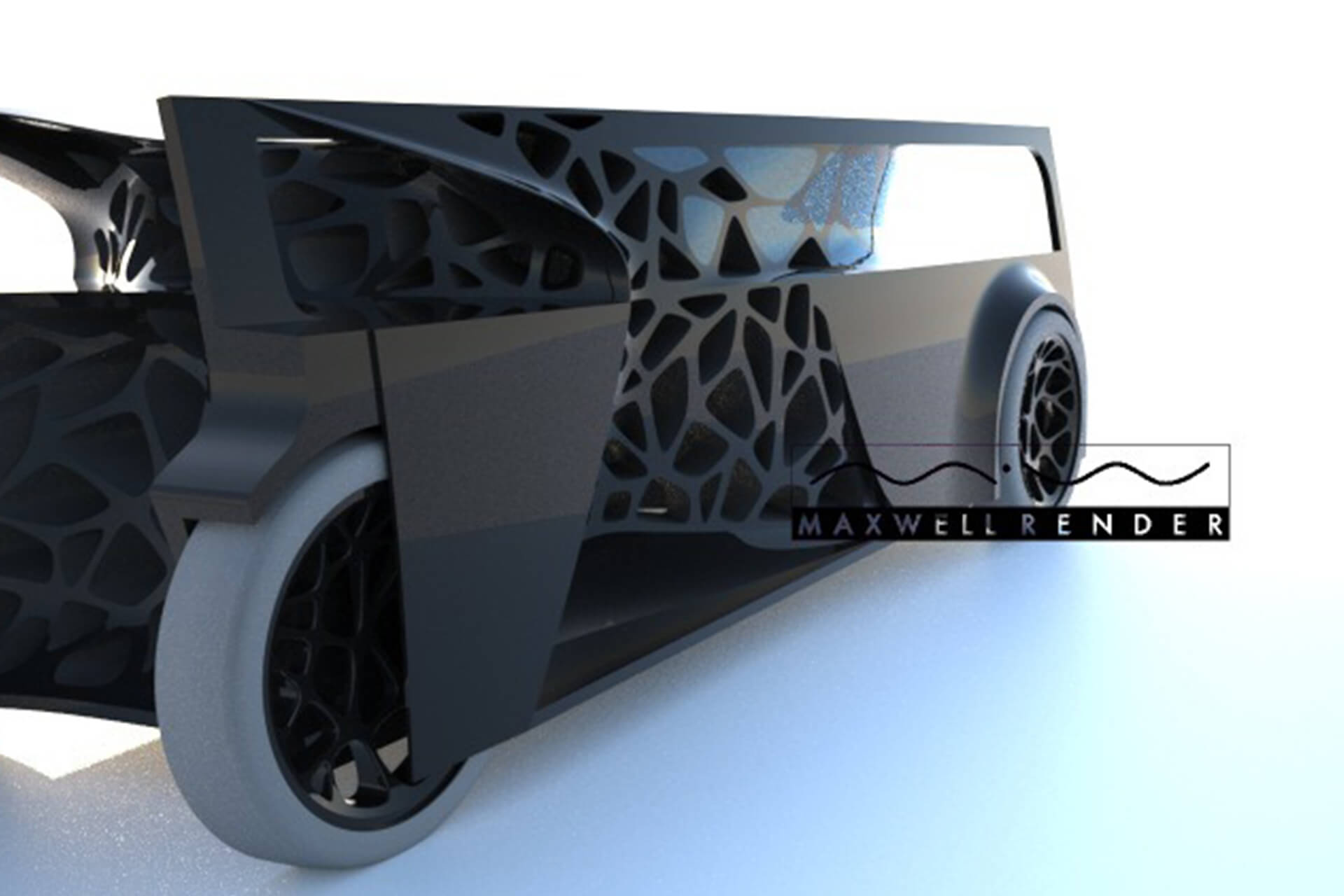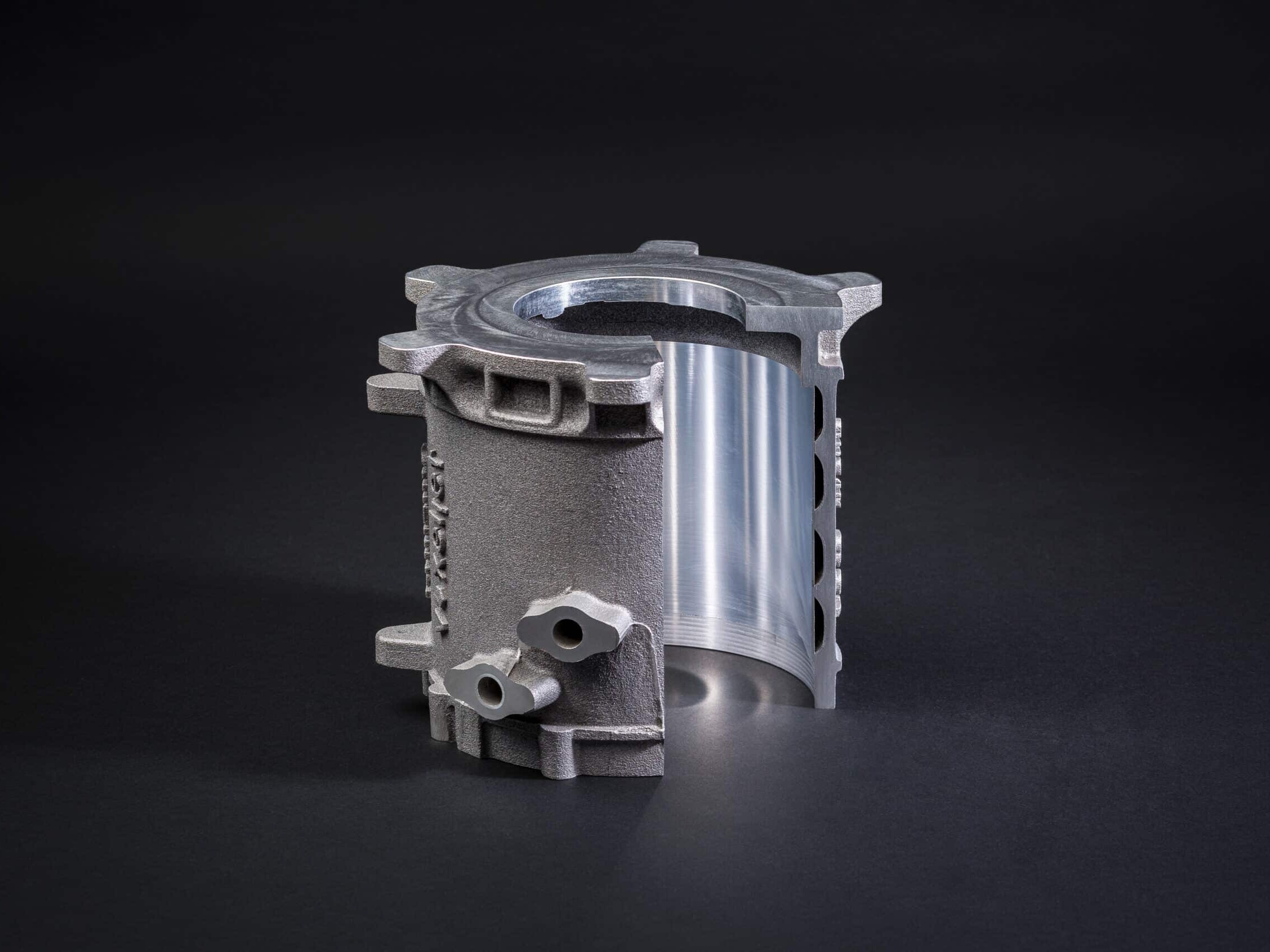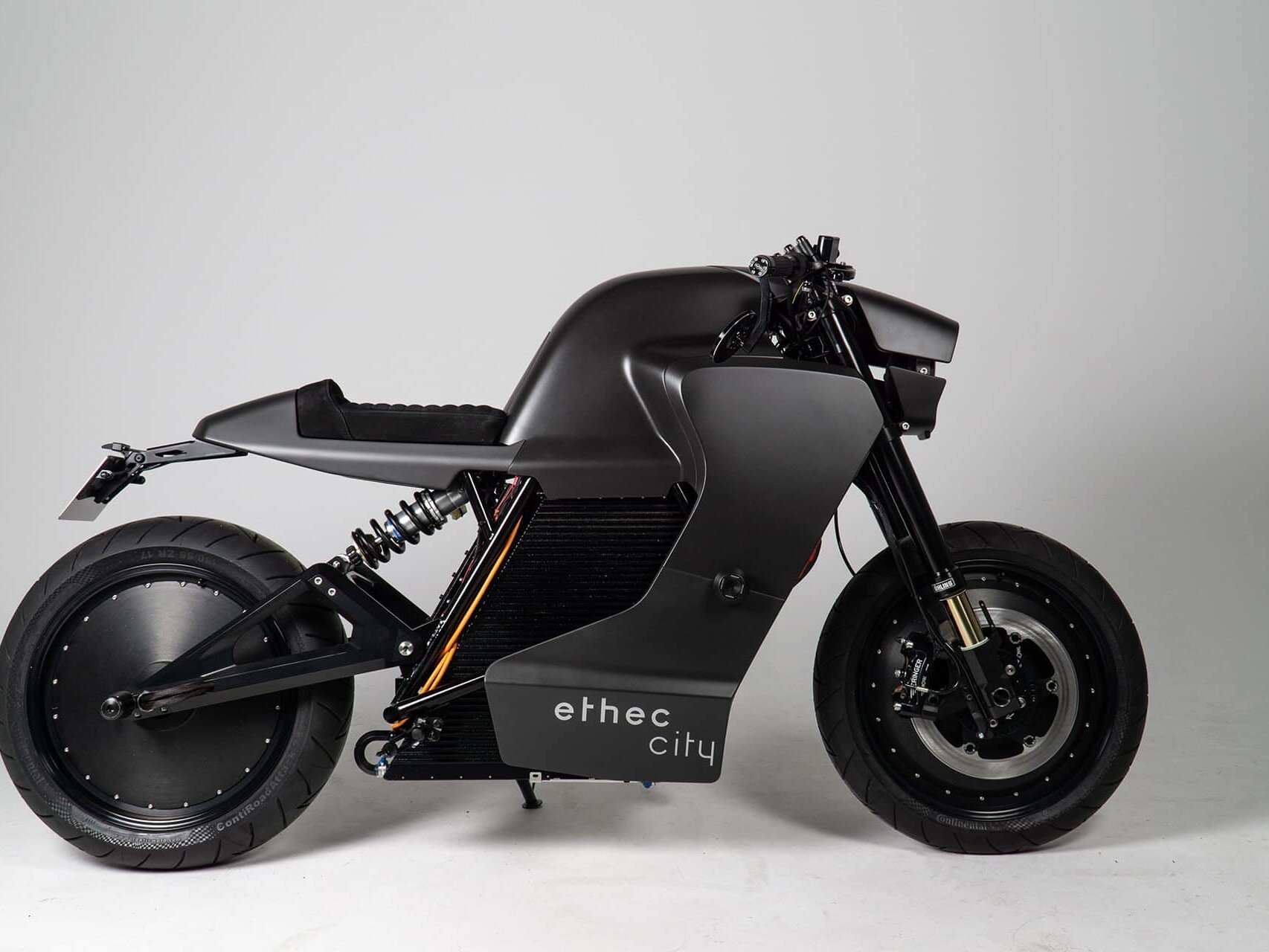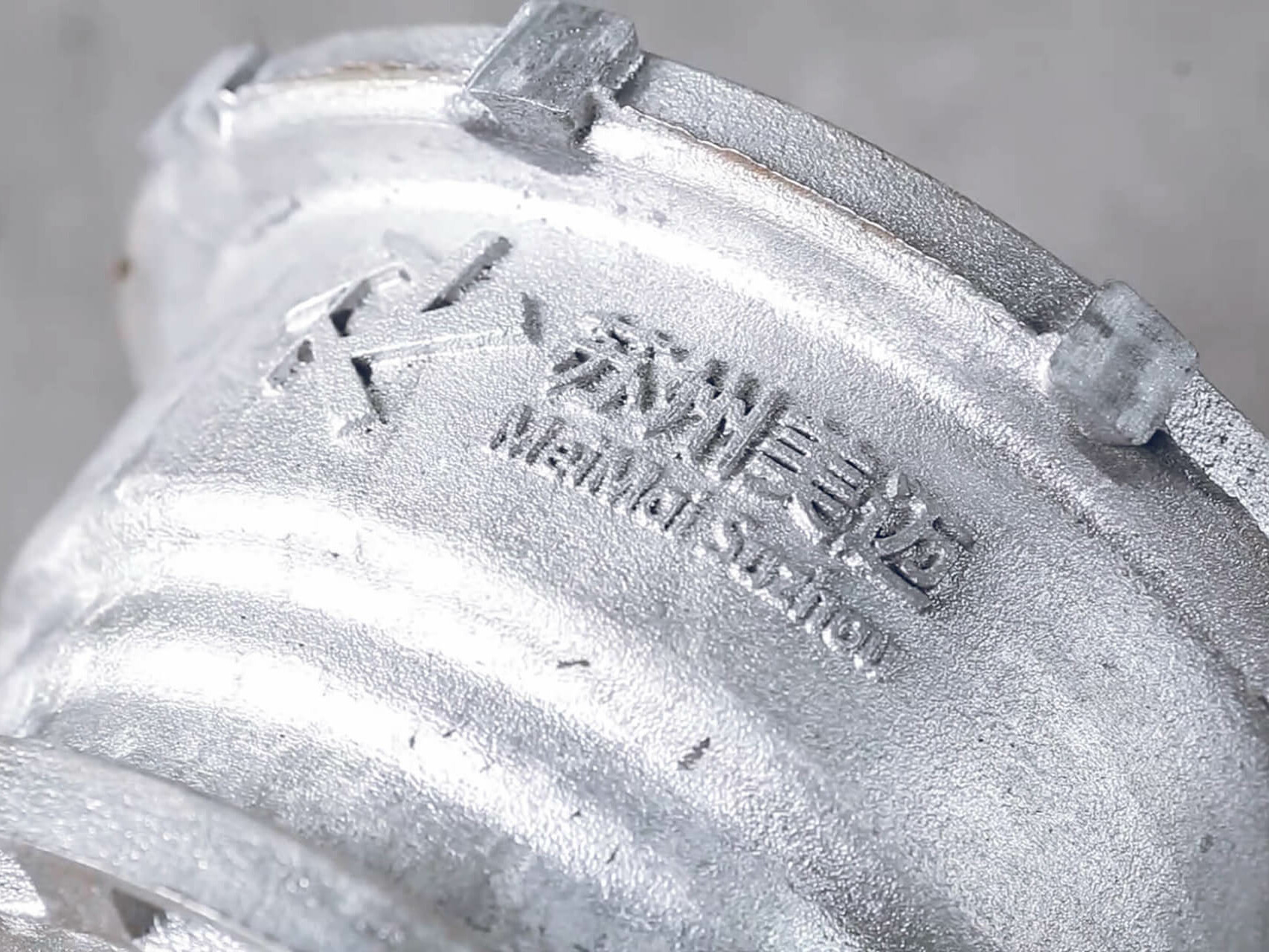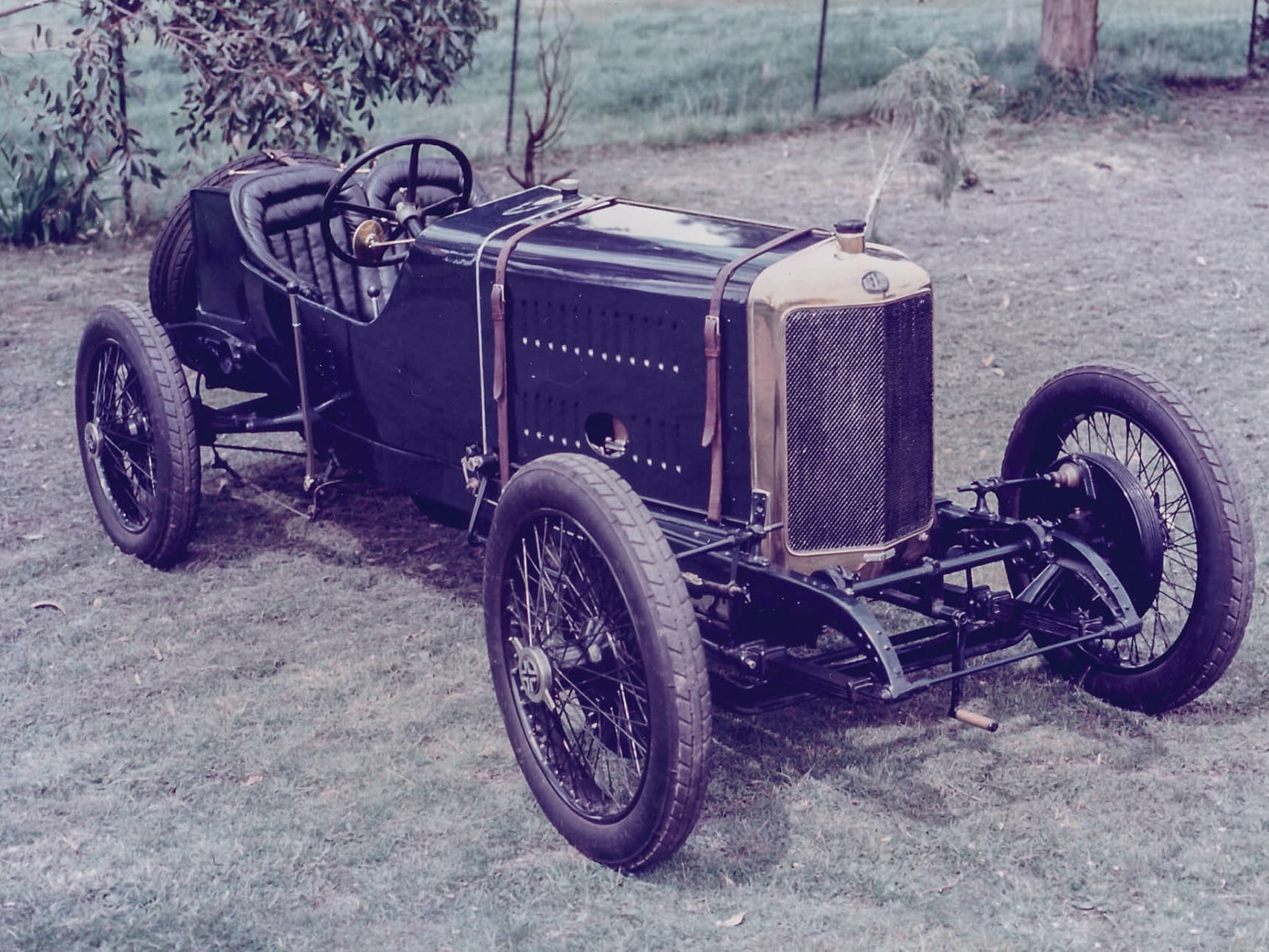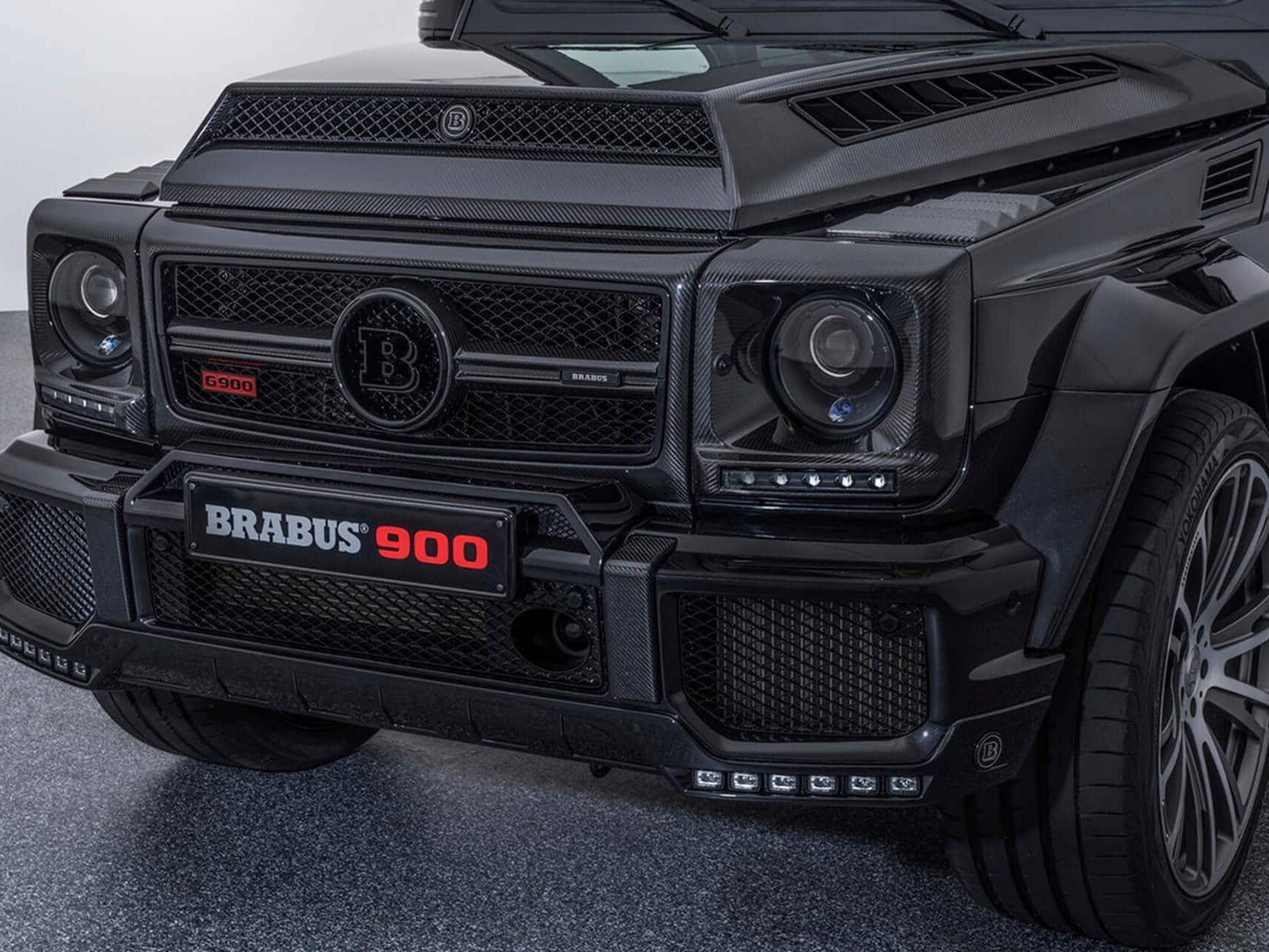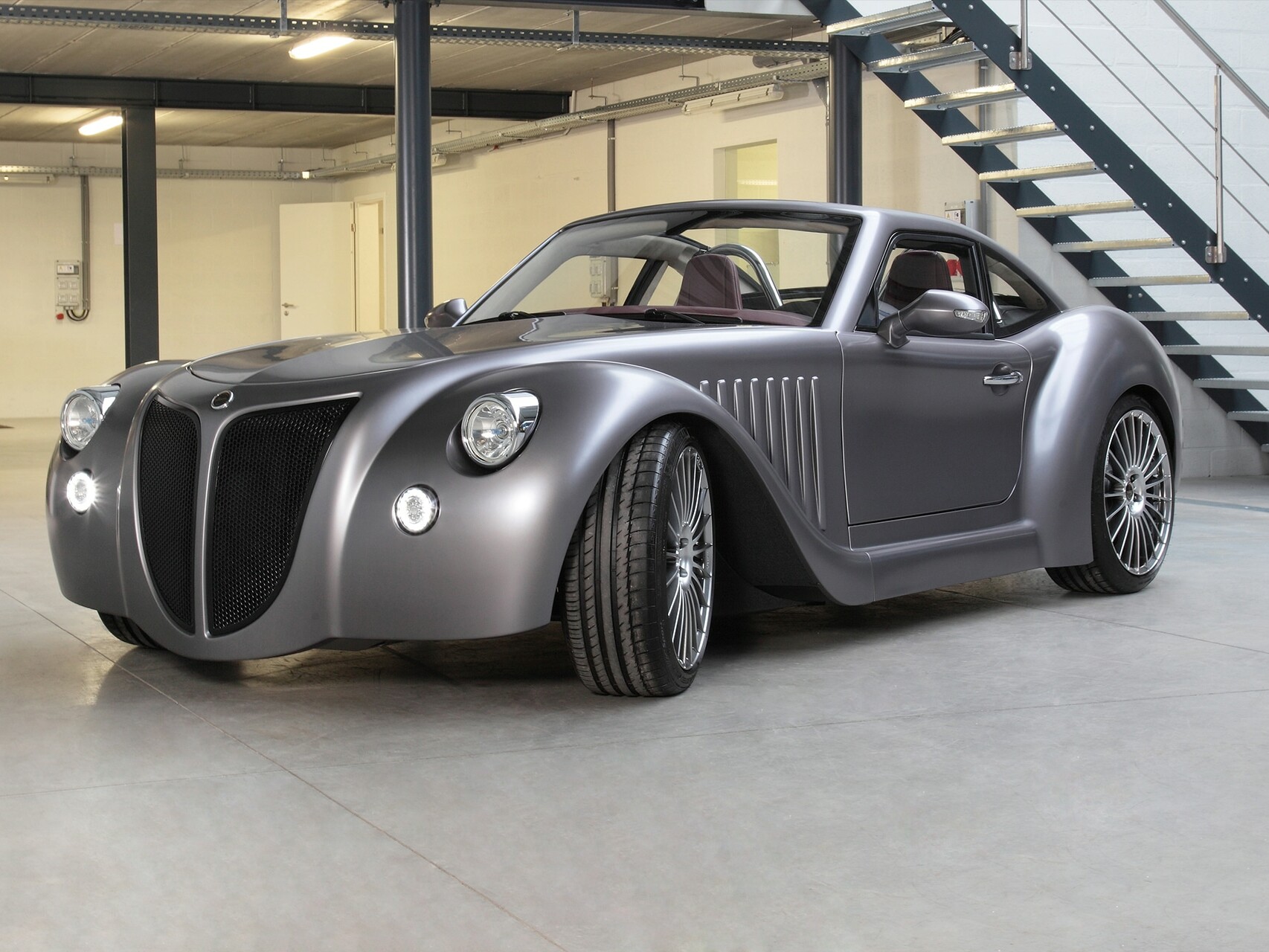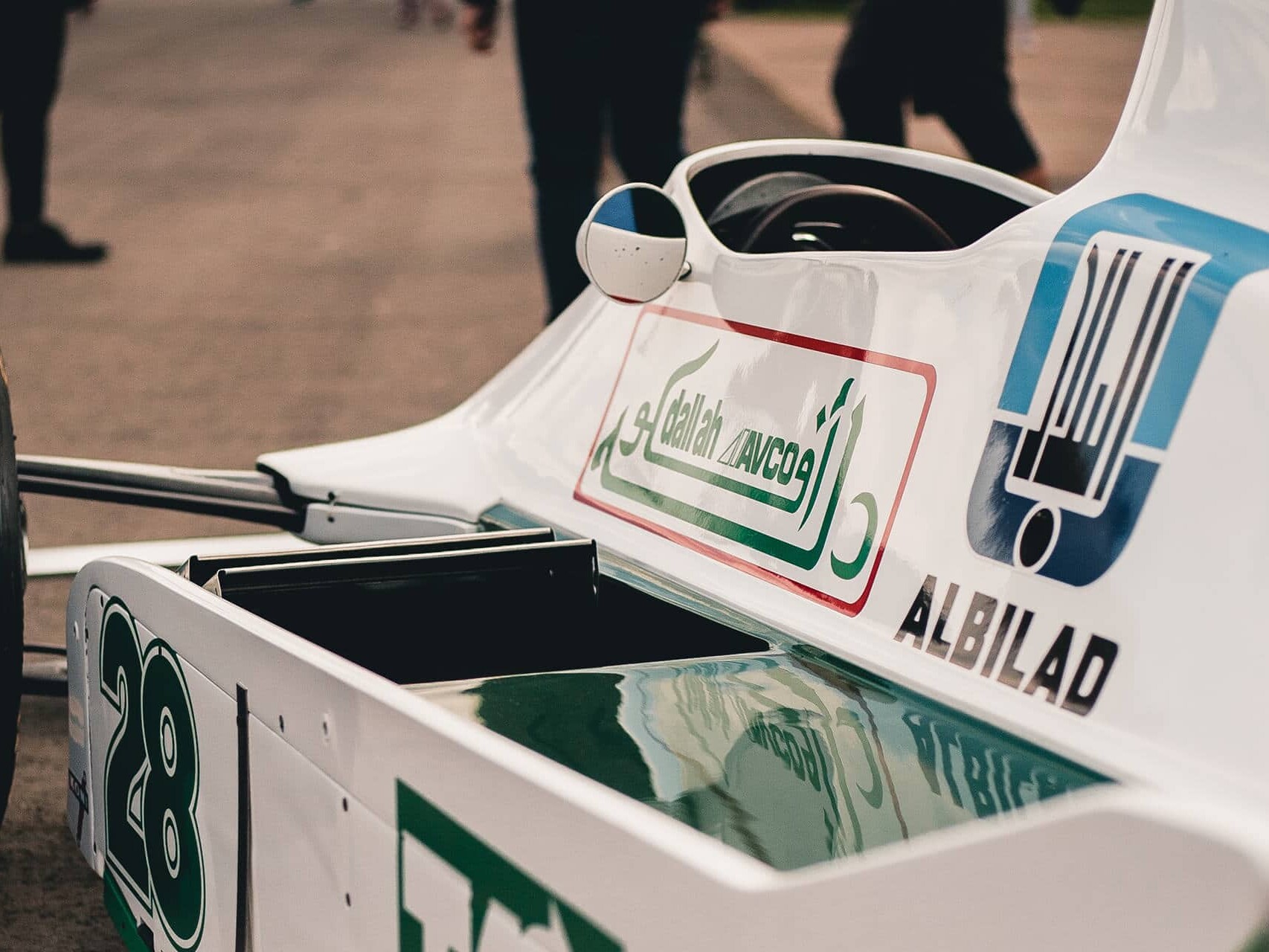- Home
- Case Studies
- Automotive
- Prototyping for the automotive industry
Use of additive manufacturing forfast prototyping in the automotive industry
A somewhat unusual project underscores the capabilities of additive manufacturing technology even beyond its classic areas of application. voxeljet technology thus “printed” a vehicle model with sensory capabilities as part of a student project.
As part of his final project in Transportation Design at Pforzheim University, Raphael Krome tackled the pollution caused by automobiles. In his project, he wanted to visualize the abstract concept of “CO2 emissions.”
The end result was a vehicle named “SEE O2,” which makes it possible to see the pollution caused by other vehicles on the road. To do this, the vehicle is equipped with sensors. As with air pollution caused by vehicles driving up ahead, the SEE O2 emits greater or lesser amounts of white fog, thereby indicating the ecological qualities of vehicles in front of it.
Without a physical model the project would have lost much of its impact. Dr. Ingo Ederer, CEO of voxeljet technology, therefore decided without hesitation to support the project. “Our Binder Jetting 3D technology is just made for the objective of creating a detail-accurate vehicle model at a scale of 1:4. We also have the technical capability to produce a model with dimensions measuring 1,000 x 450 x 350 millimeters, which is after all relatively large. In any case, we were happy to support this project.”
The SEE O2 was produced directly from the CAD data in voxeljet’s service centre, using a layering process. At the end of roughly fourteen hours of printing time, the complete vehicle was “printed.” After unpacking – a process in which excess sand is removed – Raphael Krome was able to see his project in reality for the first time. “It exceeded my expectations. Not only is the model precise and true-to-detail, it is also mechanically stable. And it gives my project a new dimension in the truest sense of the word.”
Further Case Studies
3D printing for optimized electric motors
Aiona Cast has filed a patent application to significantly optimize electric motors. The company produced a prototype using 3D printing.
Printed Castings – Optimized housing lets E-Motorcycle Batteries live longer
By using innovative technologies such as 3D printing, the prototype could soon go into series production.
Electric motor housing from the 3D printer
voxeljet 3D printing technology for producing cast parts for electric-mobility
Reverse engineering of a racing engine block
The Binder Jetting technology keeps a classic car on the road
Engine optimization with 3D printing
Vehicle technology manufacturer Lütgemeier increases flexibility and productivity using the voxeljet VX1000 3D printing system in order to supply the high-performance car tuning company Brabus
3D Printing in Reverse Engineering
In the oldtimer sector, more and more spare parts are being manufactured without tools using modern measuring technology in combination with 3D printing.
3D printing and its applications for racing
3D printing provides racing with the ability to quickly complete innovation cycles.
3D Printing Solutions
Our portfolio of industrial 3D printers ranges from compact systems for research to additive mass production.



















